Mastering Cookieless Advertising: A Guide for Affiliate Marketers
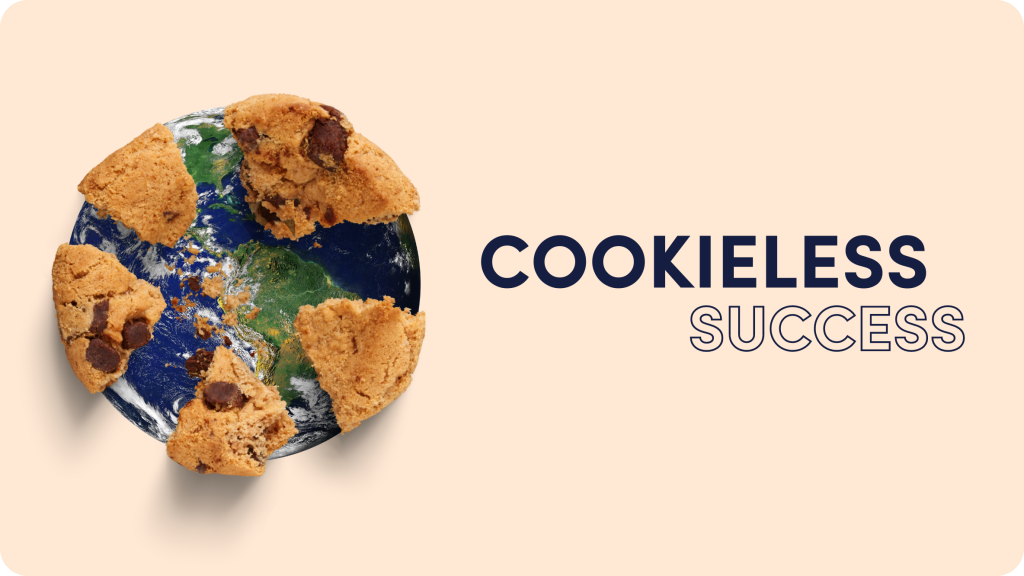
What goes better with cookies than milk? Affiliate marketing.
Content creators of all types bank on affiliate marketing as a side hustle – and for the 15% of affiliate marketers who make over $50k a year, it might be a full-time job. But without cookies, affiliate marketing won’t be the same.
Google is phasing out third-party cookies by the end of 2024. Third-party cookies are the snippets of code that track your activity across websites, and the marketing industry has relied on them to enable affiliate marketers to track ad conversions.
Without cookies, it will be tough to attribute clicks across a user journey to a third-party site. But while it’s a challenge, it won’t be impossible. In fact, there are some alternative strategies that are better than relying on third-party cookies in the long run.
Affiliate Marketing Tracking Methods: How the Landscape Will Change
A lot of advertisers and affiliate marketers are worried that the end of third-party cookies will make ads less effective. In some ways, it will – but in other ways, it’s an opportunity to rethink affiliate marketing and develop new (and better) strategies for ad targeting and tracking.
Here’s a look at the current landscape, and what new strategies will look like.
What are cookies anyway, and how do cookies affect affiliate marketing?
A cookie is a small snippet of code stored either on a website or on a user’s browser.
First-party cookies are stored on websites and track user activity across only that website; fortunately, they’re here to stay. Third-party cookies, on the other hand, are stored on the user’s browser and track user activity across websites.
That third-party information is what allows Google ads to target users based on browser history.
For example, someone who views a product on an e-commerce site might see a targeted ad for the same product on another site thanks to the third-party cookie that’s stored on their browser.
Why is Google Eliminating Third-Party Cookies?
New data privacy laws like GDPR and California’s Consumer Privacy Act (CCPA) are poised to protect personally identifiable information (PII) from being tracked without user consent. That means online users will need to opt in to having personal data stored on their browser and shared with third parties.
Most of the new laws don’t mention cookies specifically, but rather tracking more broadly (which encompasses the use of third-party cookies). Google is doing away with third-party cookies to avoid any legal repercussions, and creating a “Privacy Sandbox” of aggregated user data as an alternative.
The problem? While the Privacy Sandbox preserves the ability to target ads by category, it won’t be as precise with ad targeting (and less targeted ads get fewer clicks).
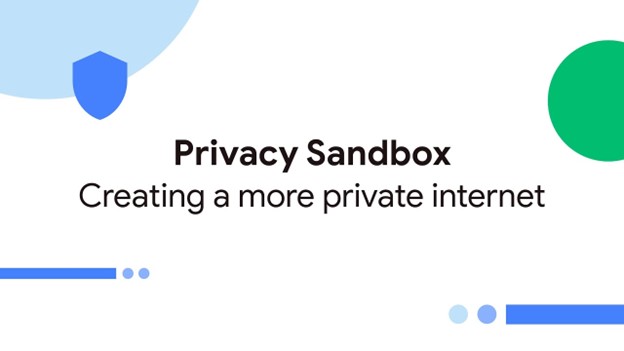
How can affiliate marketers leverage digital ads without cookies?
There’s been a lot of handwringing about how the end of third-party cookies will tank PPC ads and affiliate sites – but in reality, the dependence on third-party cookies was never ideal to begin with.
When affiliate marketers can’t rely on third-party cookies for tracking and attribution, they’ll need to come up with alternative strategies. In other words, the data you collect on your own website or affiliate platforms will replace Google’s third-party tracking.
This might seem more complicated, but there are some significant upsides. A cookieless future means:
- Stronger relationships with consumers
- A focus on quality content
- Contextual ads will win out
- Precision focus can create more conversions
All this means there’s a new set of tactics that affiliate marketers should use to stay competitive in a cookieless world.
Tactics for Affiliate Marketing in a Cookieless World
Broadly speaking, affiliate marketers will have to rely on more sophisticated first-party data and targeted, valuable content to generate ad revenue. Instead of sitting back and letting algorithms do the work, marketers will have to return to time-tested strategies to make sure ads are relevant, engaging, and speak to their audience.
That will include strategies like:
First-party data collection
Affiliate marketers will use first-party user data collected on their website for campaigns instead of relying on third-party cookies to do that work for them, including:
- Building an email list: An email list creates a constant brand presence and lets marketers segment customers for targeted affiliate links.
- Loyalty programs: Offering rewards is a great way to drum up repeat business from affiliate links, increasing customer lifetime value.
- Surveys: Surveys let you collect more in-depth first-party data directly from consumers for better ad personalization and targeting.
- Opt-in forms: Opt-in forms allow affiliate marketers to use affiliate programs on third-party sites without running afoul of privacy laws.
All these methods rely on stronger relationships with their audience, rather than strategies that aim for volume of clicks over lead quality.
Contextual targeting
A lot of low-quality clickbait websites rely on behavioral ad targeting, resulting in billions of dollars worth of lost ad revenue for quality content. In the third-party cookie model, website visitors are shown ads based on their behavior on other sites, rather than on what they’re reading – meaning the content doesn’t align with the ads.
But the decline of third-party cookies will give creators with quality content a competitive advantage: contextual advertising that delivers messaging more relevant to the content.
Contextual ads use first-party data to target customers based on their activity on a website rather than on their browsing history.
That means the ads are more aligned with the surrounding content – and they perform better, too, since website visitors tend to pay more attention to ads when they’re related to the content.
As a bonus? This strategy is also seen as less invasive than behavioral ads.
Consent management
New laws require that websites ask for consent before collecting personal information – so if you’re using marketing tools that track and store customer data, you’ll need to obtain consent first. Fortunately, there are a number of consent management platforms that can help you do this automatically.
Although many of these tools are automated, it’s a good idea to have a basic understanding of the privacy regulations relevant to your audience. If you have a global audience, you’ll need to comply with regulations like GDPR and CCPA by asking for consent when you’re tracking data.
Make sure you:
- Clearly inform users about what data is collected, how it’s used, and how it’s shared.
- Make your policy easy to understand with a clear user interface.
- Allow granular consent options so that users can give consent about specific data.
- Stay up to date as the regulatory landscape evolves.
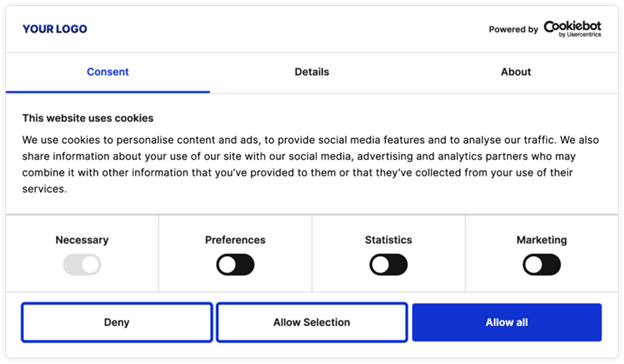
Finally, remember to respect the boundaries your users set when personalizing advertising experiences. Use the data that people have consented to share to create tailored experiences but avoid overstepping into areas where consent has not been granted.
Alternative tracking methods
You might not be able to track the same data you could with third-party cookies, but there are still a number of emerging alternatives. For example, server-side tracking platforms can track user behavior on cloud servers, record it, and then send the data to other platforms. This offers more control over data collection, and it’s less susceptible to issues like ad blockers.
Contextual and behavioral analytics track the relationships between the type of content being viewed and user behaviors on a site (or across multiple sites). Google Sandbox takes this approach, sharing aggregated information with marketers by lumping user behavior into cohorts.
CRM and marketing platforms can track conversions with a holistic view of the customer journey; for example, platforms like Bombora and 6sense track activity across publisher networks in targeted industries.
Content marketing
Valuable content that people want to read, watch, and engage with will give you much deeper first-party insights and drive performance on contextual ads. A good content strategy can increase lead growth by 126%, but only if you can create content that truly resonates with your audience.
To get content marketing right, start with a deep dive into buyer personas: who are the ideal customers you’re trying to reach, and what will resonate with them?
Next, think about distribution: how will your content reach your target audience? This could involve strategies like native ads, SEO tactics, and social media to put your content in front of the people that will want to engage with it.
Finally, think analytics: how will you track what types of content performs well? Tracking analytics across your website, social media sites, and online campaigns can help you understand what content is resonating (and what you need to create more of).
Attribution modeling
As buyer journeys become more complex, it gets harder to know what content ultimately led them to purchase. Our analysis found that top spenders averaged 5.1 touchpoints before conversion; in general, it’s often your whole network of content that drives conversions, rather than one standalone content piece.
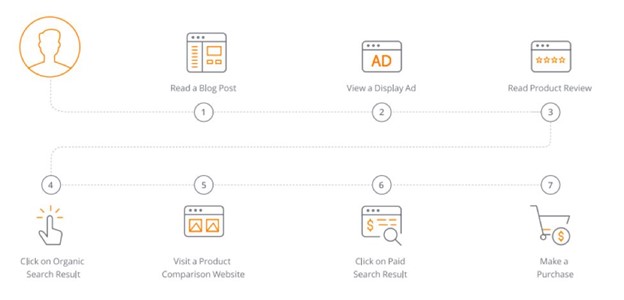
There are a lot of attribution modelling strategies out there, but three main ones are:
- First-click attribution, which gives credit to the content that the user clicked on first.
- Last-click attribution, whichgives credit to the content they clicked on last.
- Multi-touch attribution, whichtracks every click along the customer’s journey.
As you might guess, multi-touch attribution paints a more accurate picture of the customer journey, but it’s also more complex to manage. What model you decide on will depend on the complexity of your product and buyer journey.
Optimizing landing pages and user experience
In a cookieless ad ecosystem, landing pages can help maximize conversions. Landing pages should have a clear headline, concise copy, and visual elements that direct customers toward a single call to action.
Other landing page strategies include:
- Short, catchy opt-in forms to drive conversions.
- A/B testing after the page is live.
- Trust factors like testimonials and logos.
- Tracking with Google Analytics for further optimization.
You can craft a landing page for each product, or for each buyer persona depending on the time and resources you have to create them. In general, more landing pages mean more conversions.
Affiliate Marketing Will Live On – Even Without Cookies
Cookies have been a shortcut for such a long time that many marketers have forgotten there’s a better way. But although there will be some hurdles, it will also create opportunities for marketers to get creative, get personal, and drive better results.
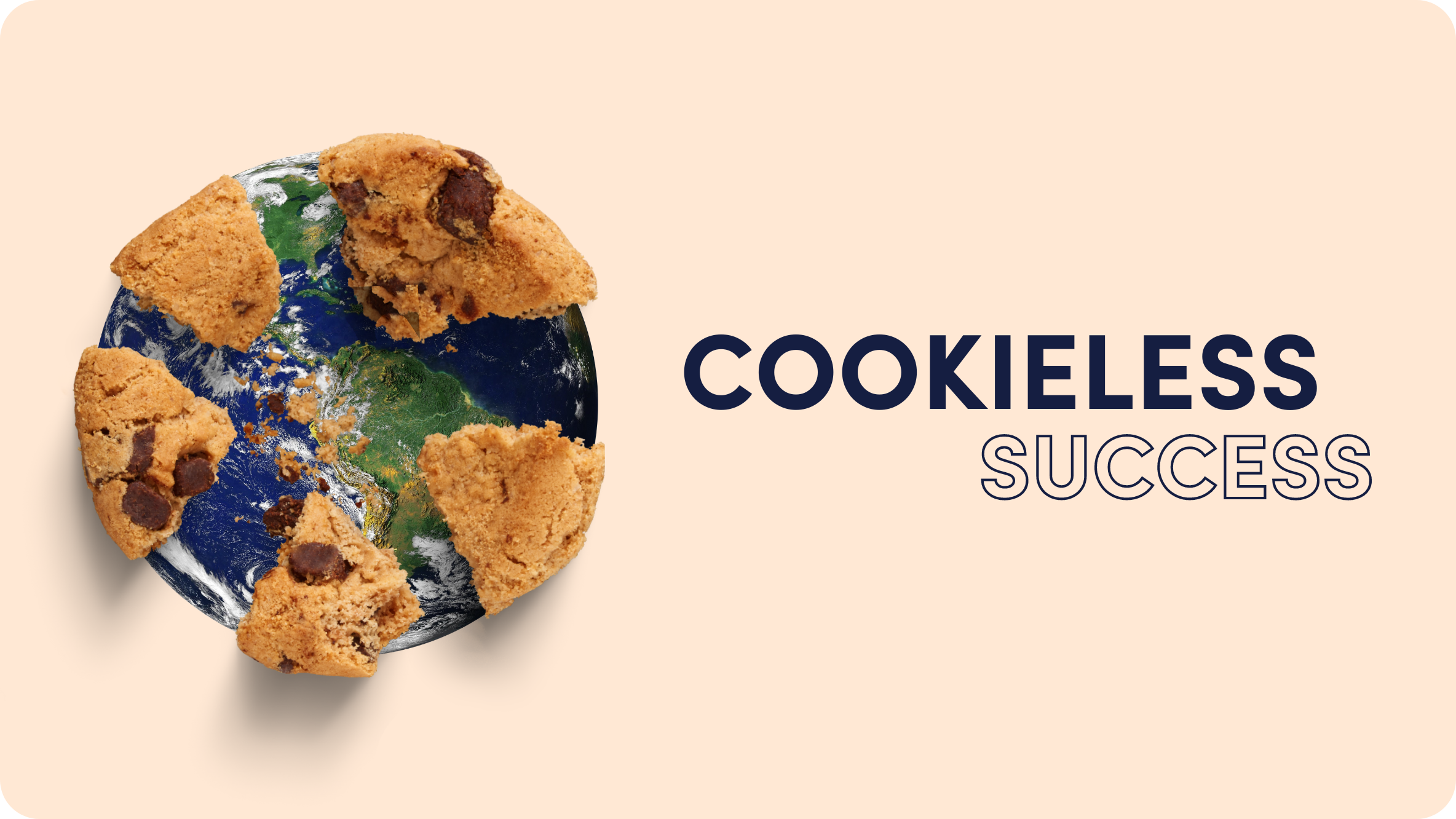


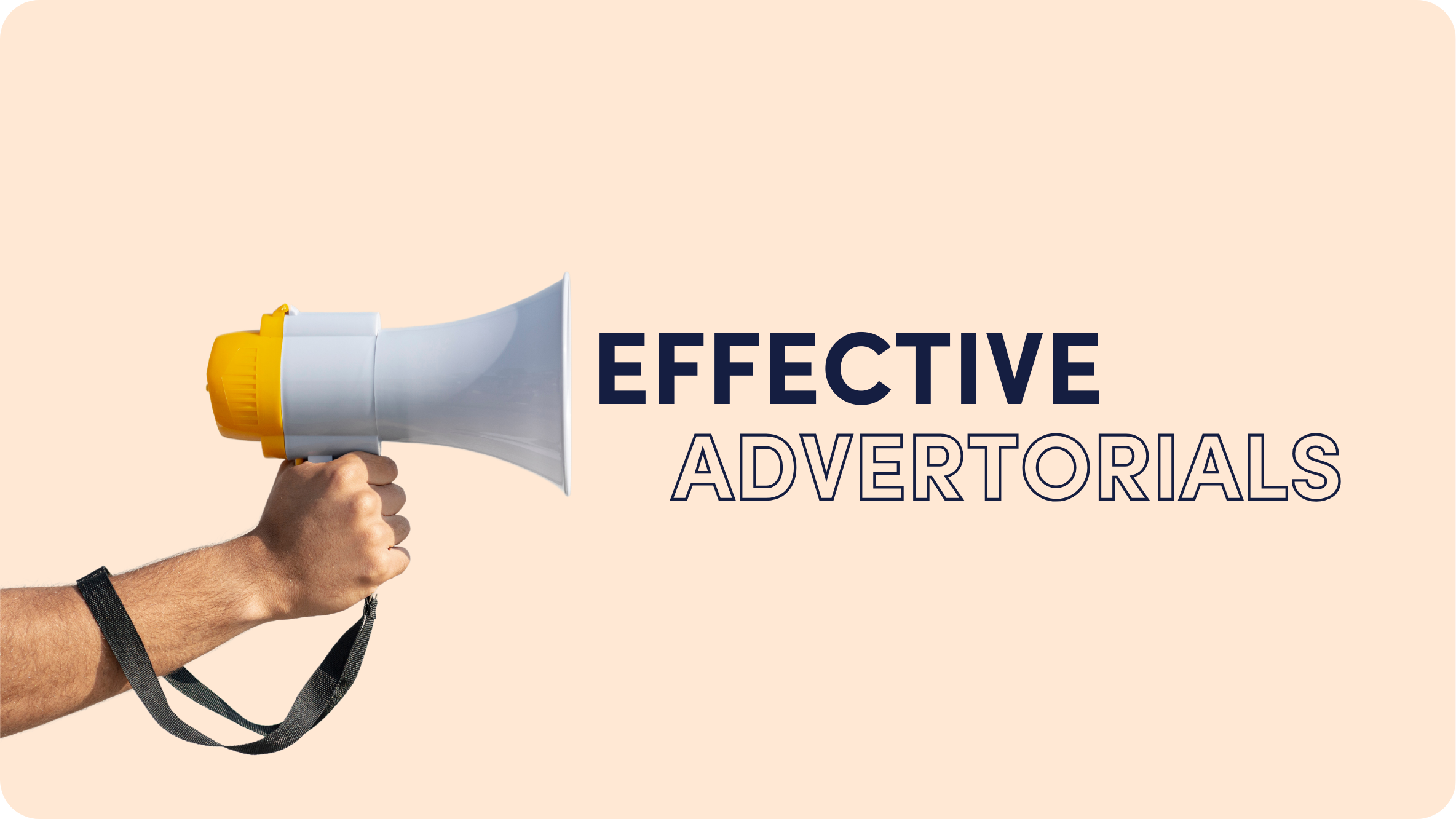






![Best Affiliate Networks 2024 [Updated]: Tap Into the Earning Power of Affiliate Marketing](https://www.outbrain.com/blog/wp-content/uploads/2023/07/best-affiliate-networks.png)

